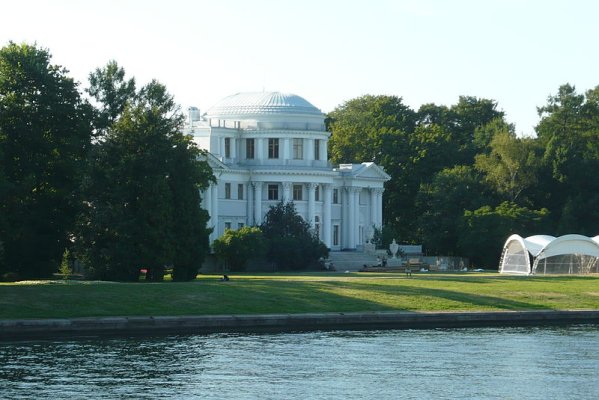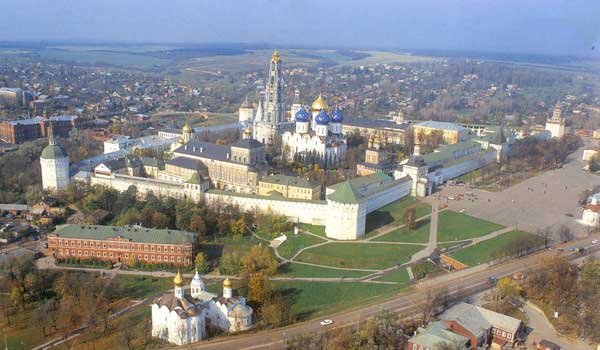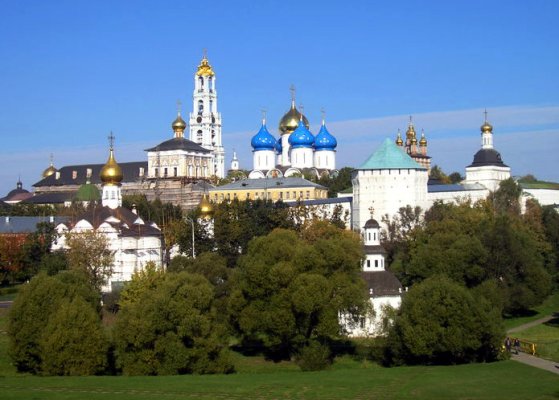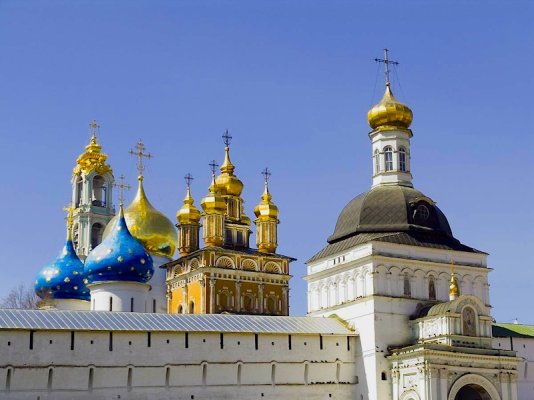Elagin (Yelagin) Palace, St Petersburg
The palace and park on Elagin island (1818-1822) is the first independent work by Carl Rossi in St. Petersburg. The architect not only transformed the house of Ivan Elagin into Emperor's palace, but created a wonderful park in the north of the city, with picturesque meadows, alleys, system of ponds and canals and pavilions.
Each owner of the island brought something new into the traditions and way of life. The hospitality of Count Elagin and his extravagance were well known. There was a wine cellar in the house and wonderful buffet was arranged for the guests. Walking in the park for all "decent people" was completed by boat promenades. The oarsmen were nicely dressed and sang Russian songs to entertain people. Fireworks were also popular. This tradition was set up by Peter the Great, "so that citizens would not be afraid of cannon firing".
One of two pavilions of the park on the Elagin Island is located on the eastern cape of the island. It is the ” Pavilion under the Flag” . The beautiful view can be seen from the cape, the pavilion itself is a small masterpiece, it looks like a classic temple. The Emperor’s Banner or St. Andrew’s Flag was hoisted over it when a member of tzar family visited the island. The proportions of building are perfect. The cape with the pavilion in the center, two arms of the river Neva – everything is in harmony here. There used to be beautiful painting on the ceiling and rotunda vault.
The granite wharf is decorated with tracery grille designed by Carl Rossi. There are also cast-iron park benches and arm-chairs. Since the pavilion was built in classic style, one can suggest that it was a Temple of Water. The cape is a meeting point of the four elements- Earth, Air, Water and Fire (the Sun).
History
The isle to the north of St Petersburg owes its name to its former proprietor, Ivan Yelagin (1725-94), a close ally of Catherine II from her early days as Grand Duchess. After the Dowager Empress Maria Feodorovna declared that she was too old to make daily trips to such distant residences as Pavlovsk Palace and Gatchina Castle, her son Alexander I bought the estate from Yelagin's heirs and asked Carlo Rossi to redesign the villa. It was completed in 1822 and used as a summer palace.
After Maria Feodorovna's death in 1828, the palace remained deserted for long periods of time. Nicholas II leased it to his prime ministers and the Bolsheviks turned the palace compound into "a museum to the old way of life". In the Siege of Leningrad it was damaged by a shell and burnt to the ground. It was rebuilt in the 1950s and is today a museum of objets d'art and precious glassware.
v Elagin (Yelagin) Palace, St Petersburg
Image courtesy Wikipedia, reproduced under the terms of the GNU Free Documentation License








